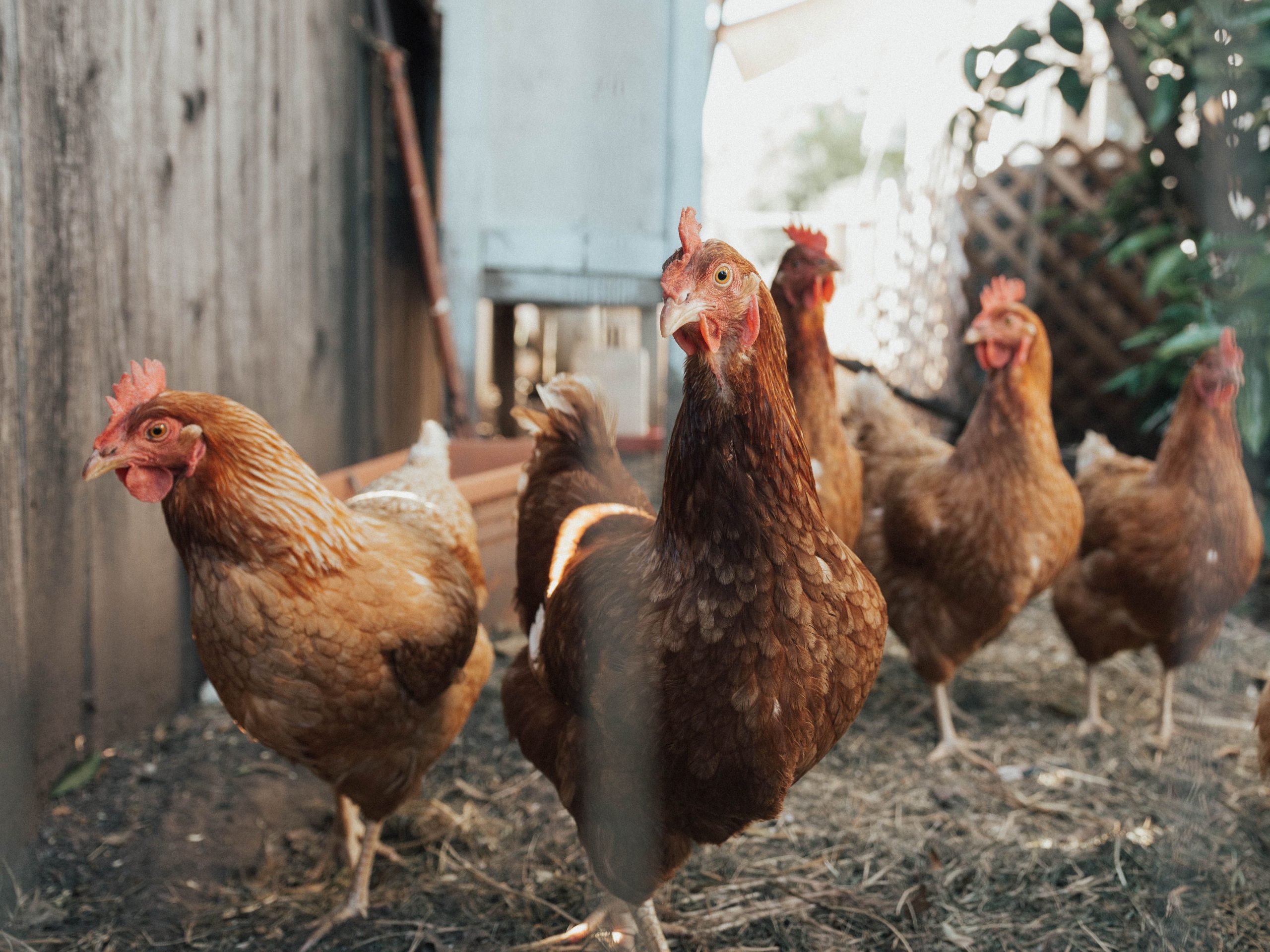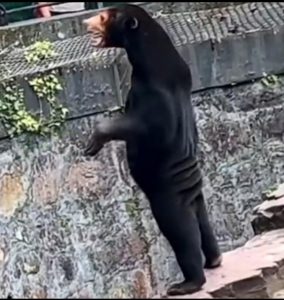A four-year-old
boy in China has tested positive for the H3N8 strain of avian flu, authorities
have confirmed. This is the first known human transmission of the H3N8 strain.
Officials say the risk of transmission of the disease is low.
What is H3N8?
H3N8 is not a new
strain. Discovered in 2002, the strain was first found in the North American
waterfowl. The virus is known to infect horses, seals as well as dogs, but the virus
was not found in humans earlier.
Also Read | China detects first human case of H3N8 bird flu, officials say low risk of spread
The Chinese
National Health Commission confirmed that a four-year-old boy had tested
positive for the strain in central Hunan and was hospitalised with fever and other
symptoms. The boy’s family raised chickens at home and lived in an area with a
large wild duck population, the NHC said.
Tests conducted on
the child’s contacts found no anomalies. The top health agency said that the
boy’s case was a “one-off cross species transmission, and the risk of
large-scale transmission is low.”
Also Read | Why a morning person leads a more healthy life than a night owl
The commission
further said the boy was directly infected by birds and the strain had “the
ability to effectively infect humans.”
Avian
influenza
Avian influenza is
commonly reported among wild birds and poultry, although cases of human-to-human
transmission are rare. Most cases of bird flu transmitting to humans have been
from the H5N1 and the H7N9 strains. These strains have been responsible for
most cases of human illness, according to the Centers for Disease Control and
Prevention (CDC).
Also Read | Follow this five-minute workout routine to lose weight, get fit
According to the
World Health Organization (WHO), animal-borne influenzas are commonly
transmitted to humans through direct contact with animals or contaminated
environments. “But do not result in efficient transmission of these viruses
between people.”
Also Read | Is COVID-19 pushing China into the dark ages of planned economy?
In 2012, the H3N8
strain reportedly killed off nearly 160 seals in the north-eastern coast of the
United States having caused a deadly form of pneumonia among the animals.







